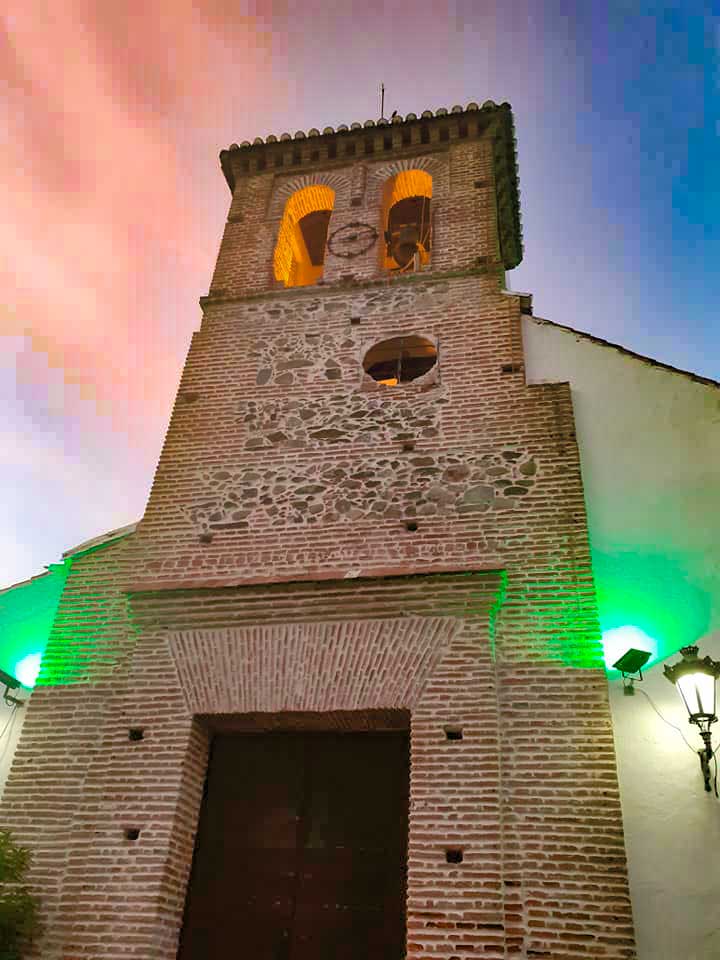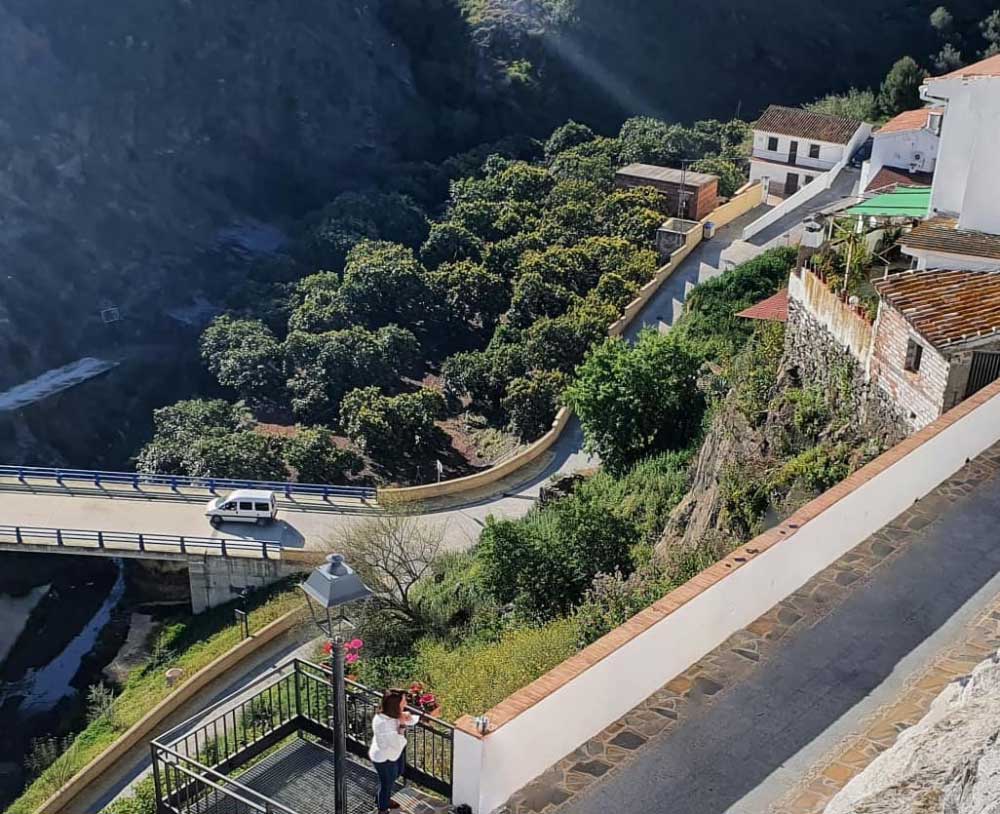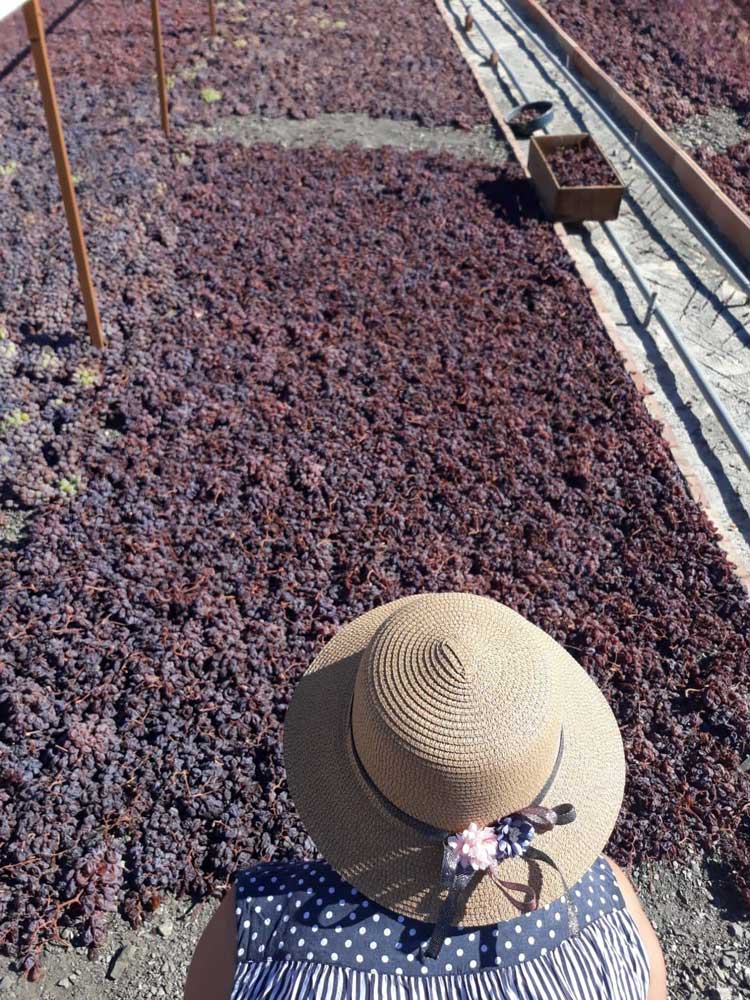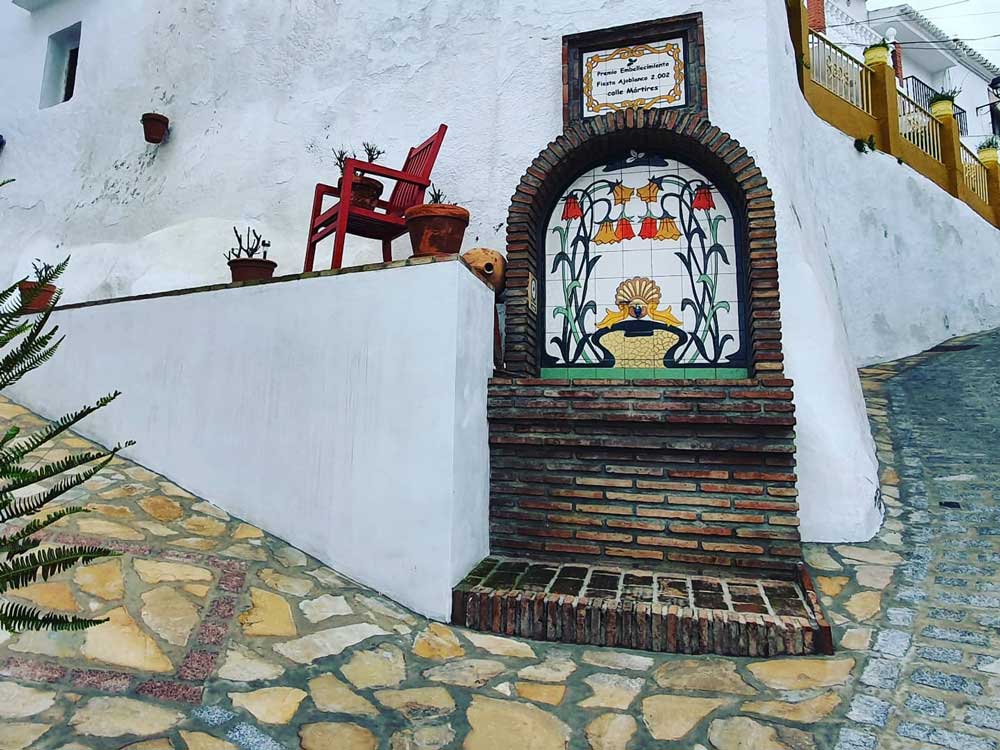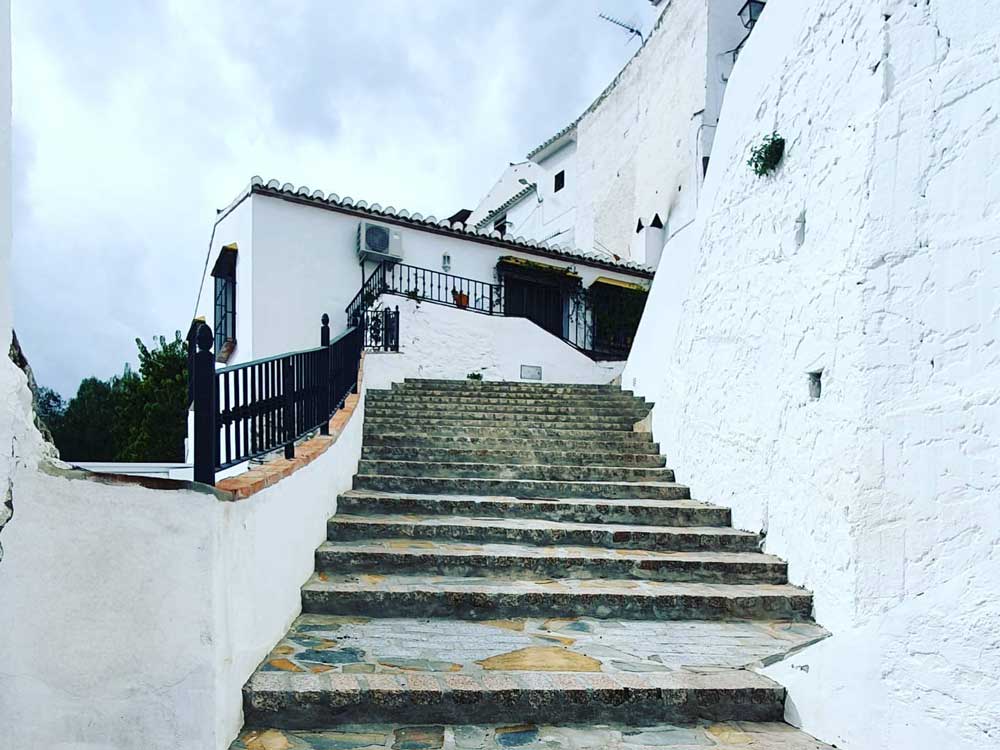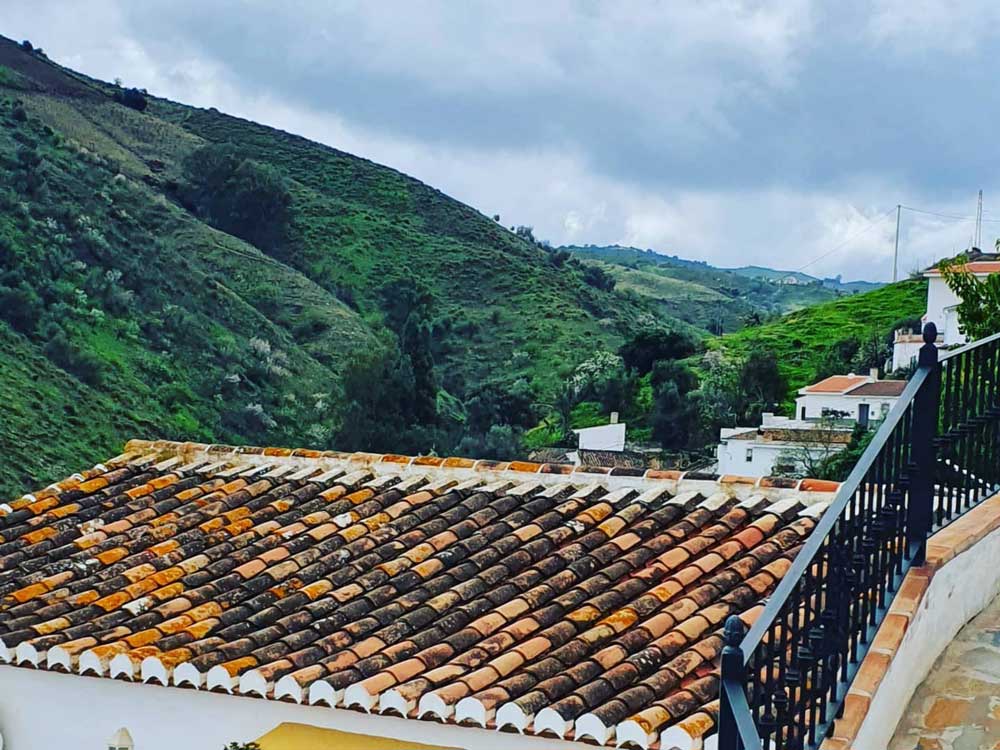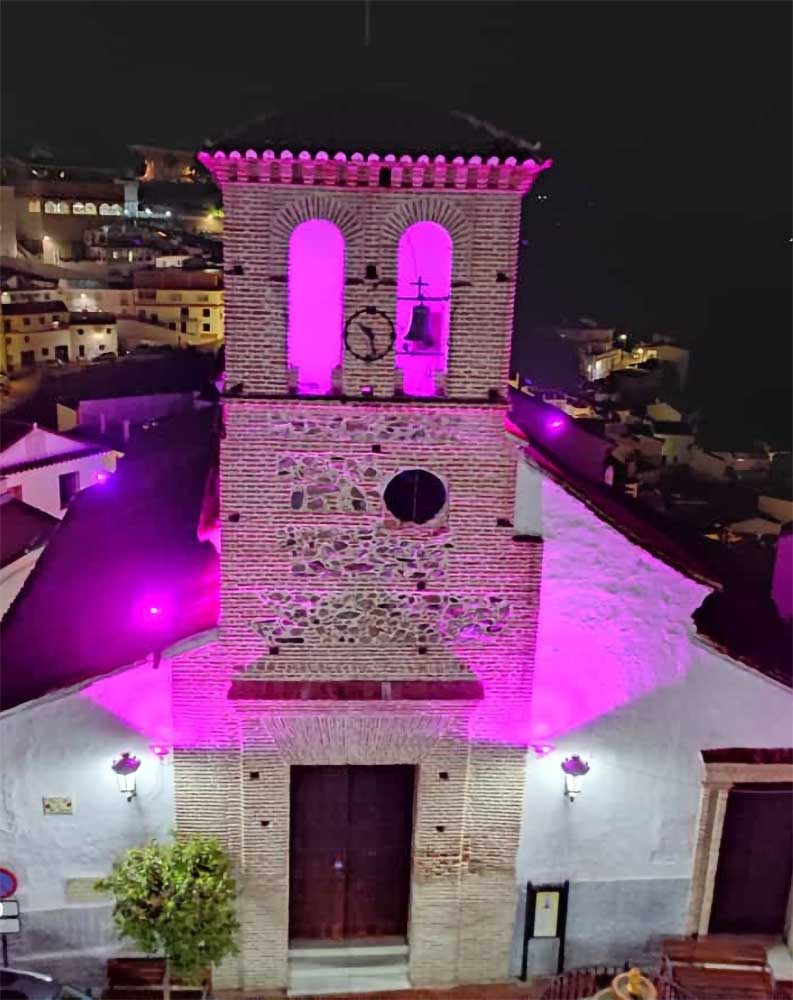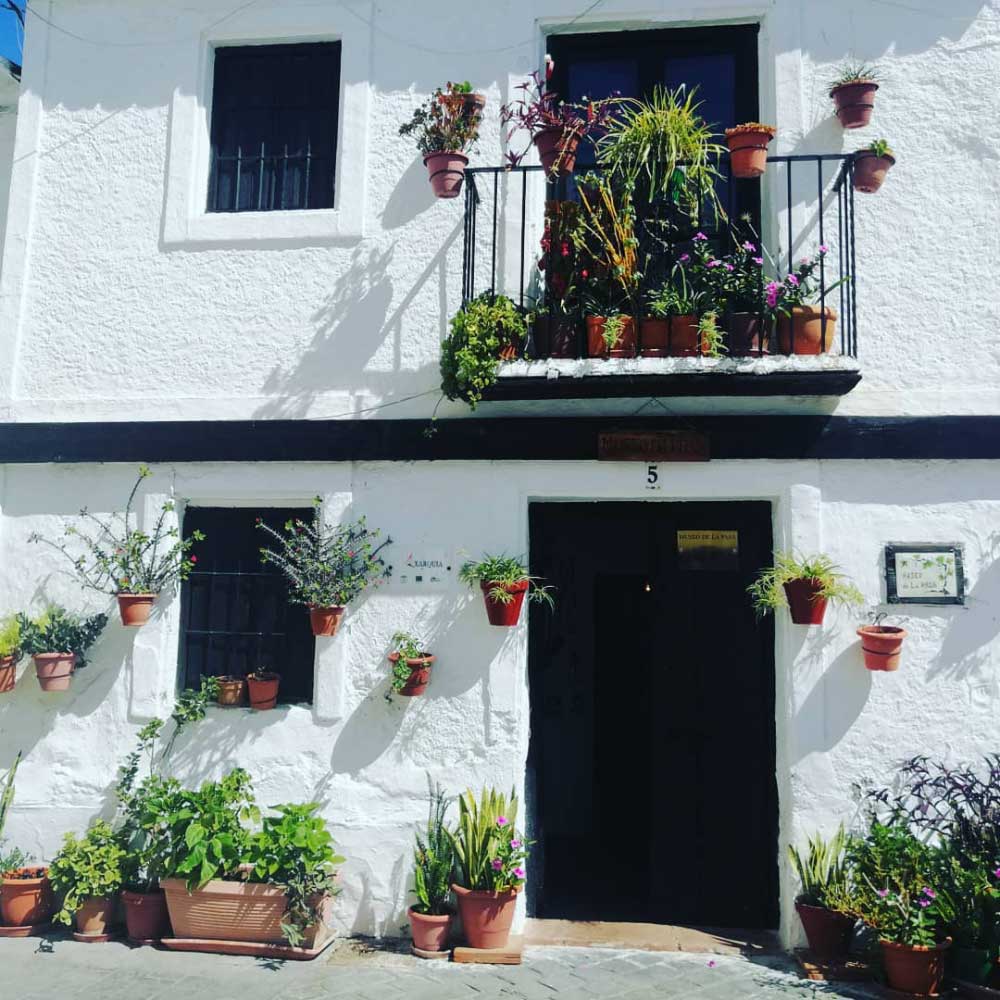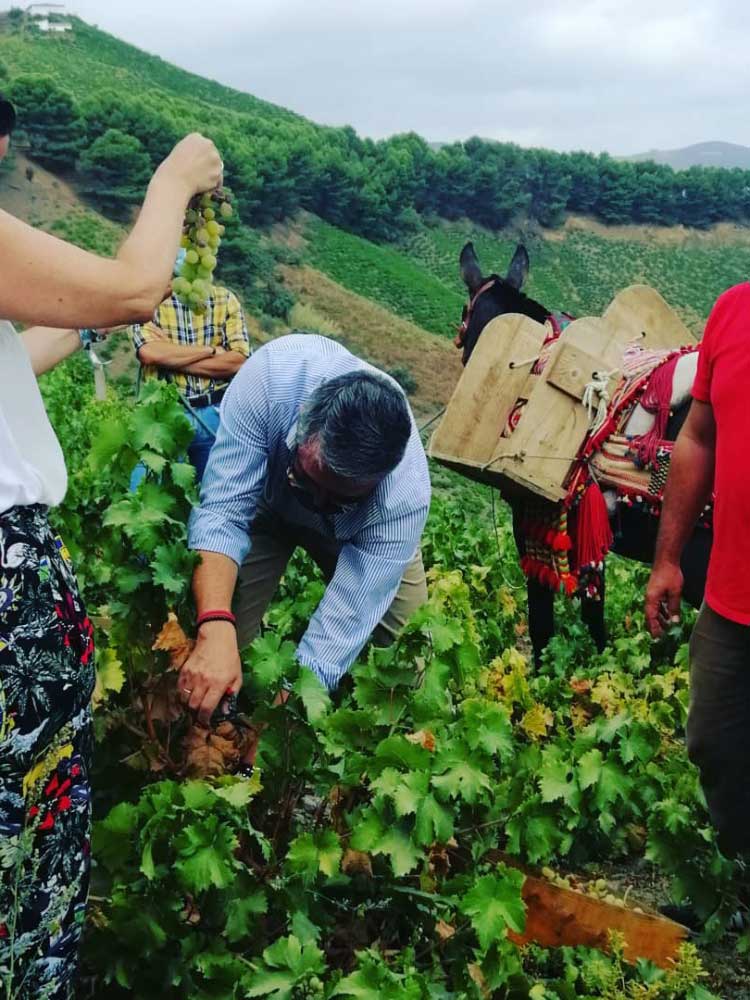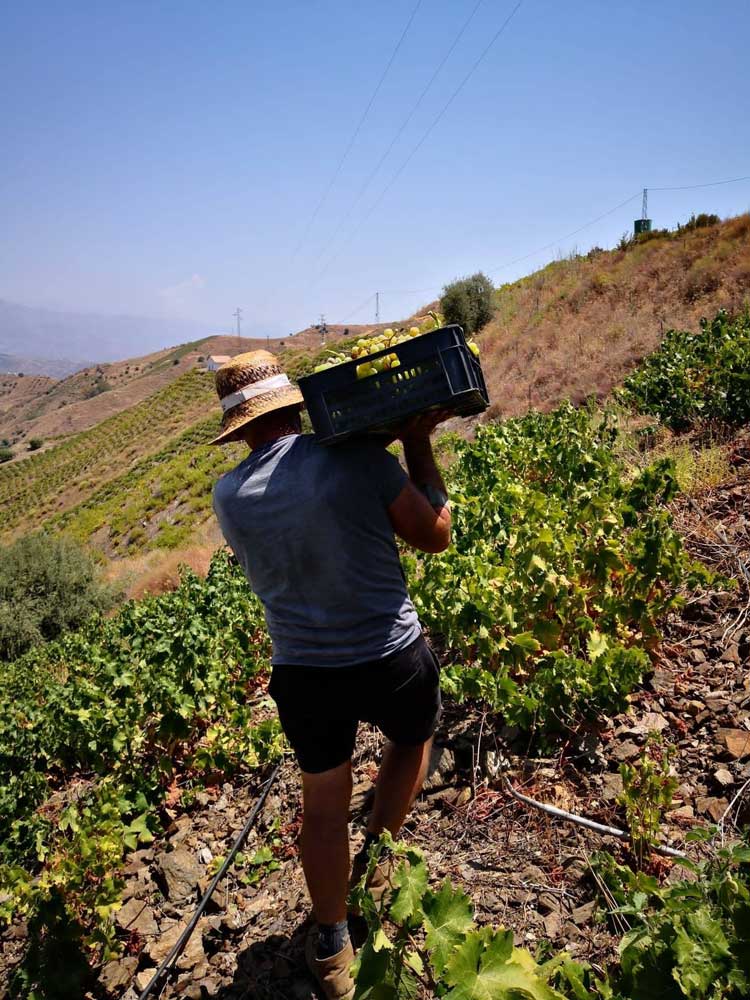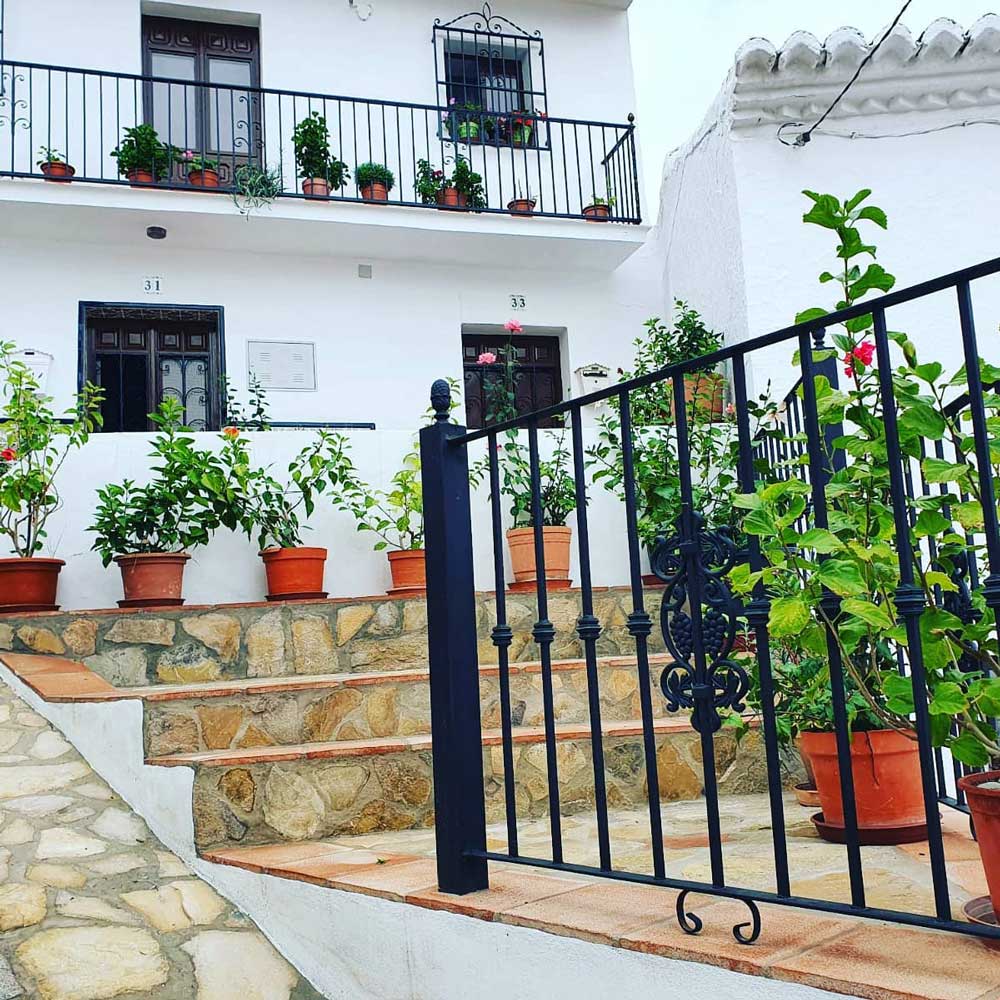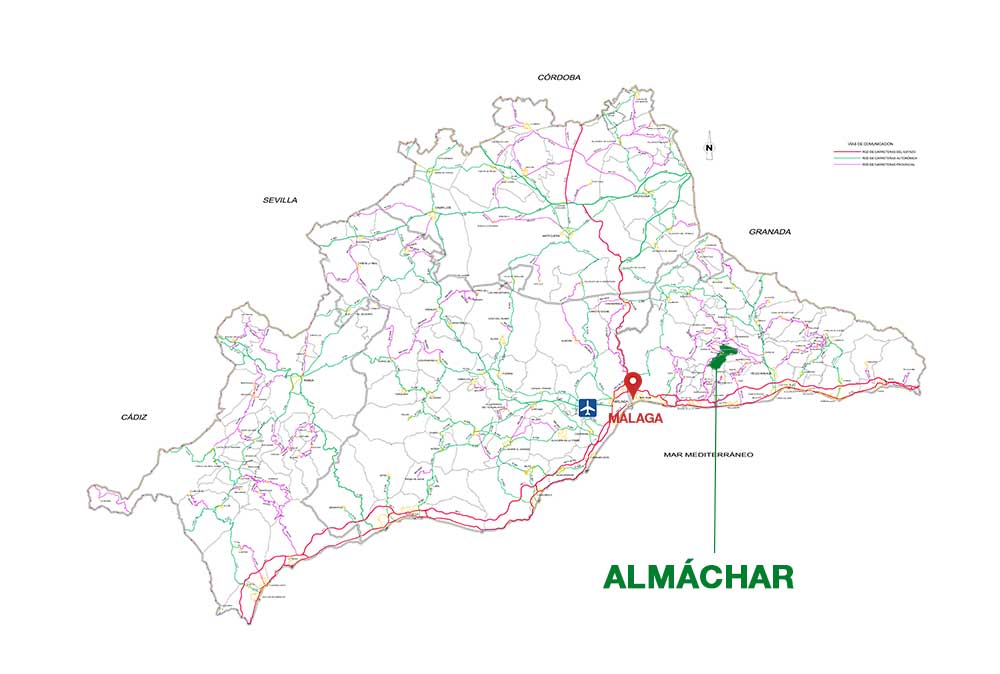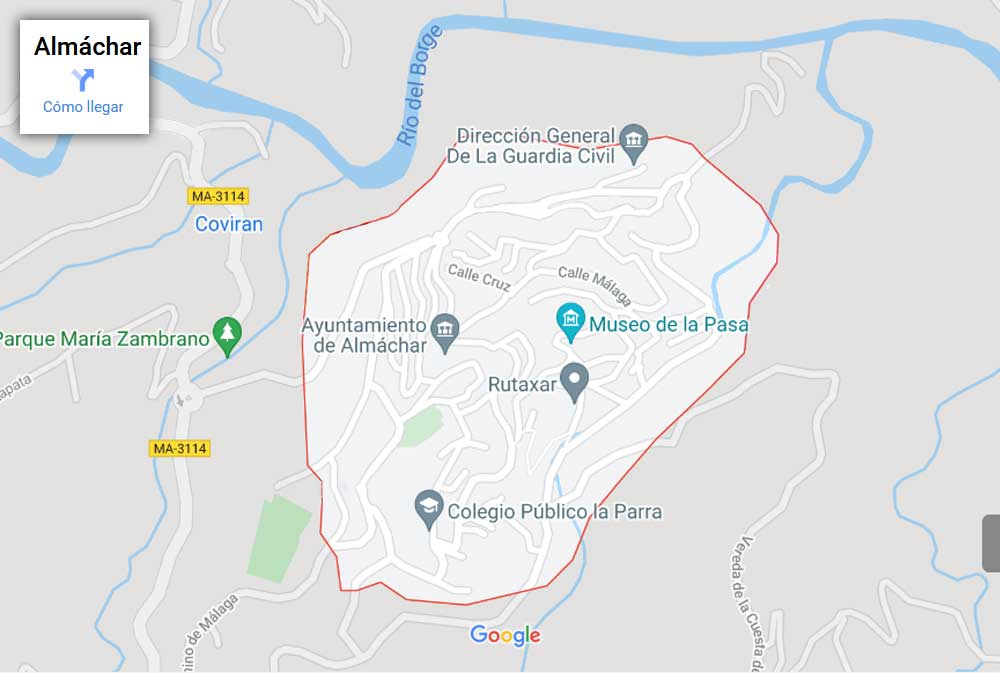History
Almáchar is a town in the Axarquía region located on a hill that is bordered by two rivers (the El Borge River and the Almáchar River) and located at an altitude of 246 meters and only 35 kilometers from the capital of Malaga.
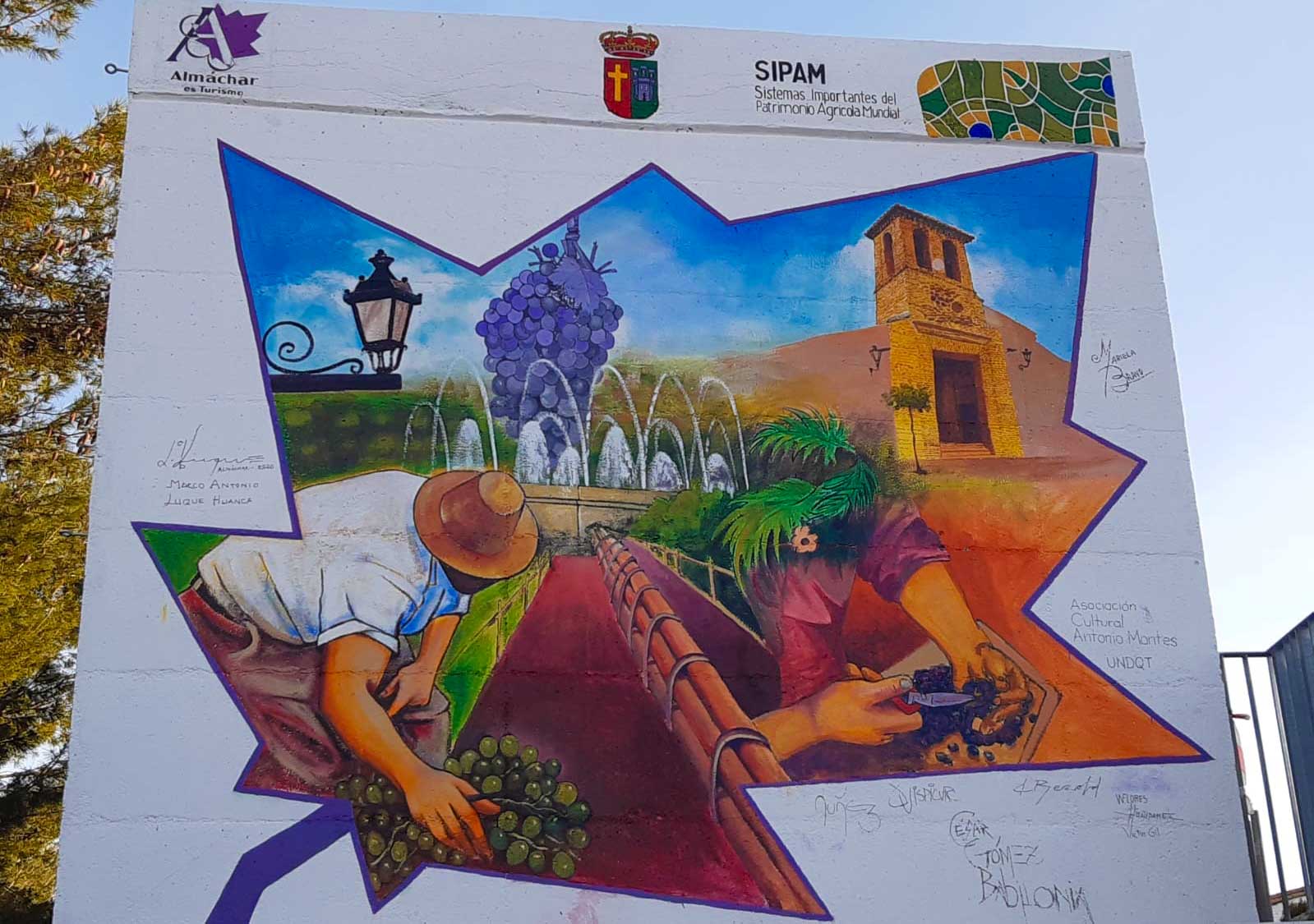
It owes its origin to the settlements during the Arab era, reflected in its urban layout of alleys, and in the name of Almáchar, which derives from the Arabic name Maysar or Machar, whose meaning is “The Meadows” or “Land of Meadows.”
It was part of the so-called “Four Villas” along with Cútar, El Borge and Moclinejo, which lived in the shadow of the protective castle of Comares, and on which it continued to depend even after the Christian reconquest of the region in 1487.
During the first years of Christian rule (1491), the transfer of the best and most fertile lands of its alfoz to 64 Pecheros Christians incited unrest and the abandonment of the town by some Moriscos, especially in the decade of 1500-1510.
After 1611, at the top of a hill on which the town sits, a large cross was placed that caused the town to appear in many writings with the name of Almáchar de la Cruz, and gives reason for the coat of arms of the municipality.
In 1755 it suffered a series of seismic movements that forced the population to leave their homes and take refuge in farmhouses.
At the end of the 19th century and the beginning of the 20th century, the town of Almáchar was known inside and outside the region for the good quality of its canvases that were made on artisanal looms.
Although the parish and municipal archives were destroyed in 1936 with the Civil War, written testimonies dating from 1537 and 1573 are still preserved, years in which the first baptism in the town and the first religious marriage were celebrated.
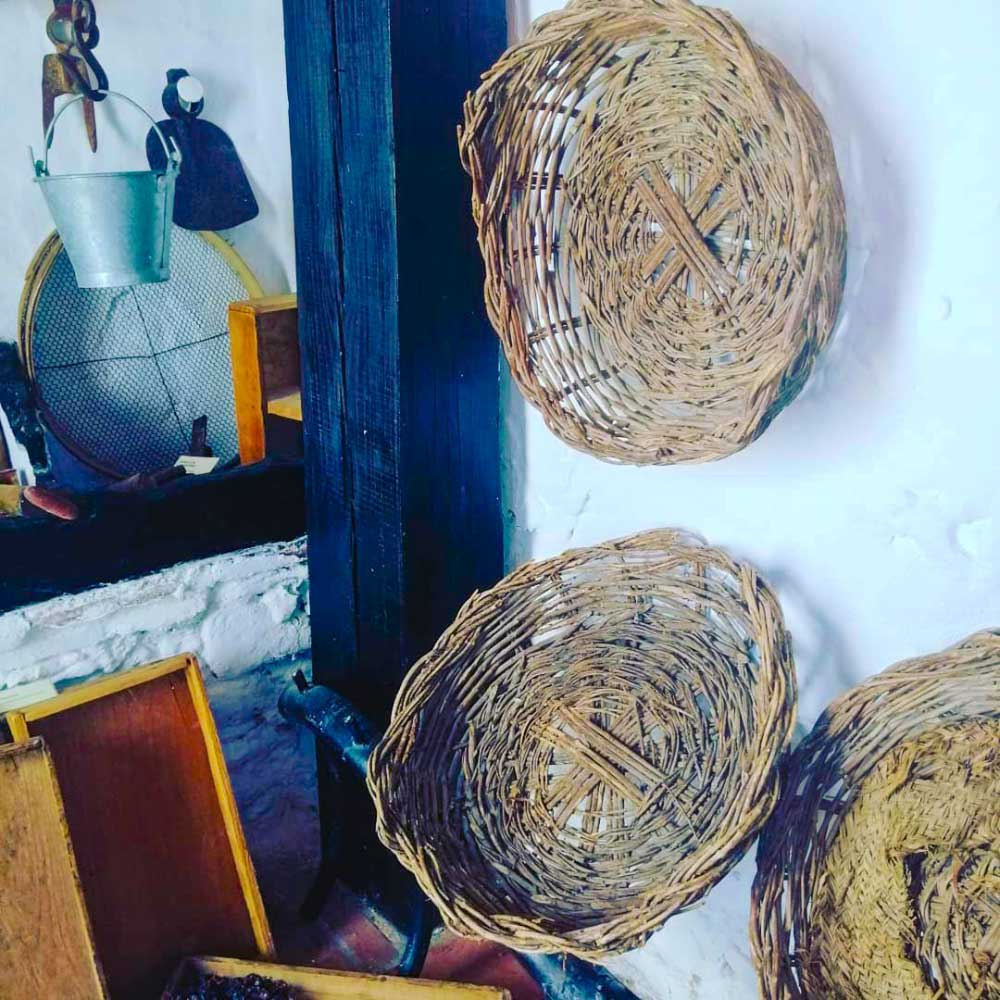
Regarding the gastronomy of this town, ajoblanco occupies first place on the list of its typical dishes and therefore, every year in the month of September, a festival is celebrated that we cannot miss in tribute to this cold soup.
Monuments
The most unique building is the church of San Mateo, built in the center of the town in the 16th century, in the Gothic Renaissance style. At the back of one of the side naves there is a dressing room dedicated to the Dolorosa and in the presbytery there is another baroque dressing room with the image of the Christ of Mercy, or Christ of the Green Band, and which tradition attributes to him the salvation of some sailors. who had been shipwrecked on the coast. On the outside of the church, the square Mudejar style tower stands out.
The neighborhood of “the goats” located in the old town and made up of winding streets with steep slopes to adapt to the unevenness of the terrain, assuming clear Moorish and Arab reminiscences.
In the labyrinth of its alleys, Mártires Street stands out, which surrounds the church of San Mateo.
The Raisin Museum is located in the Plaza del Santo Cristo, in an old two-story house, where we can find an extensive representation of tools and utensils, as well as scenes related to the work of raisin harvesting and its subsequent transformation. in passes.
From the El Forfe Viewpoint we can delight in the beautiful views of the Almáchar River and the entrance to the Cueva del Moro.
